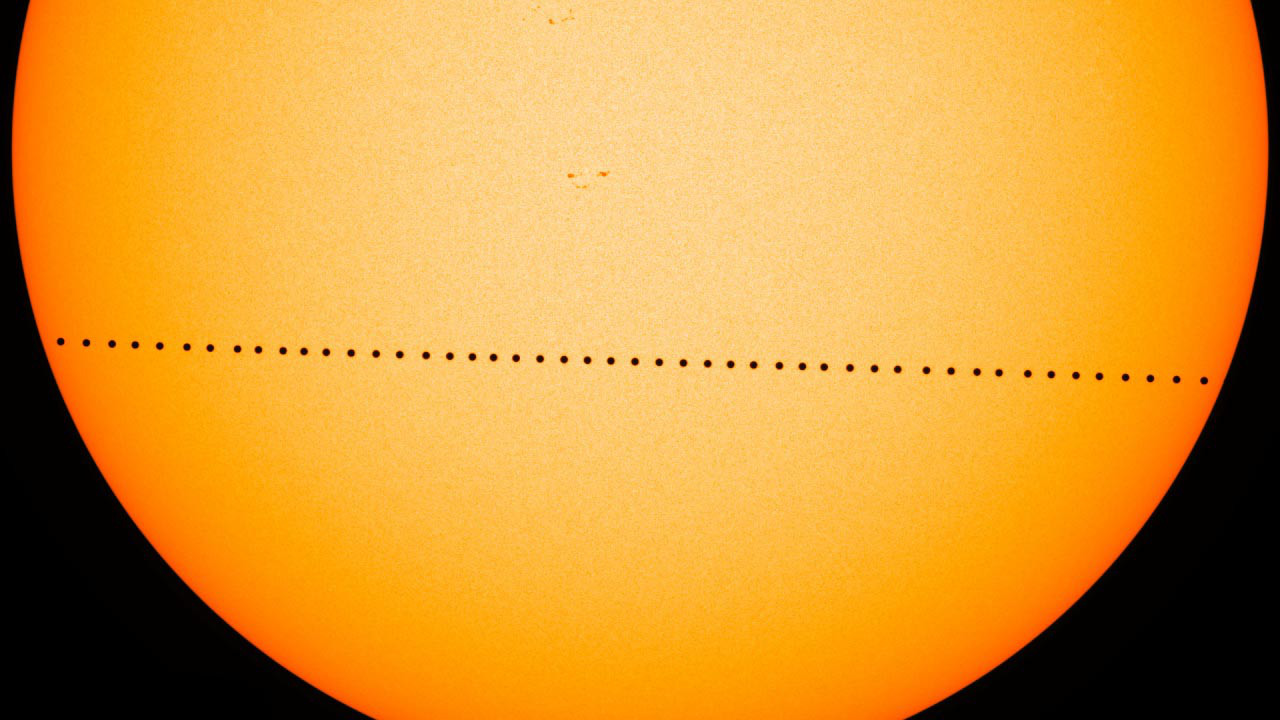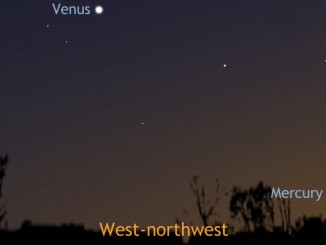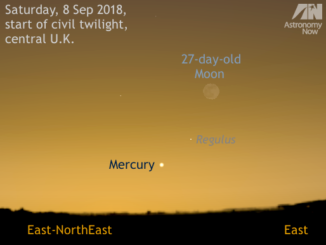
While watching the following time-lapse video, bear in mind that Mercury is the smallest planet in the solar system with a diameter of 3030 miles (4880 kilometres), just 38 percent the size of the Earth. The Sun has a diameter of 864,600 miles (1,391,400 kilometres) — in excess of 285 times the diameter of Mercury.
If you have a fast internet connection and a large monitor, we recommend viewing the following video full-screen at 1080p HD quality to get the maximum effect. Enjoy!
Did you observe the transit or photograph it? If so, please tell us about your experience.



